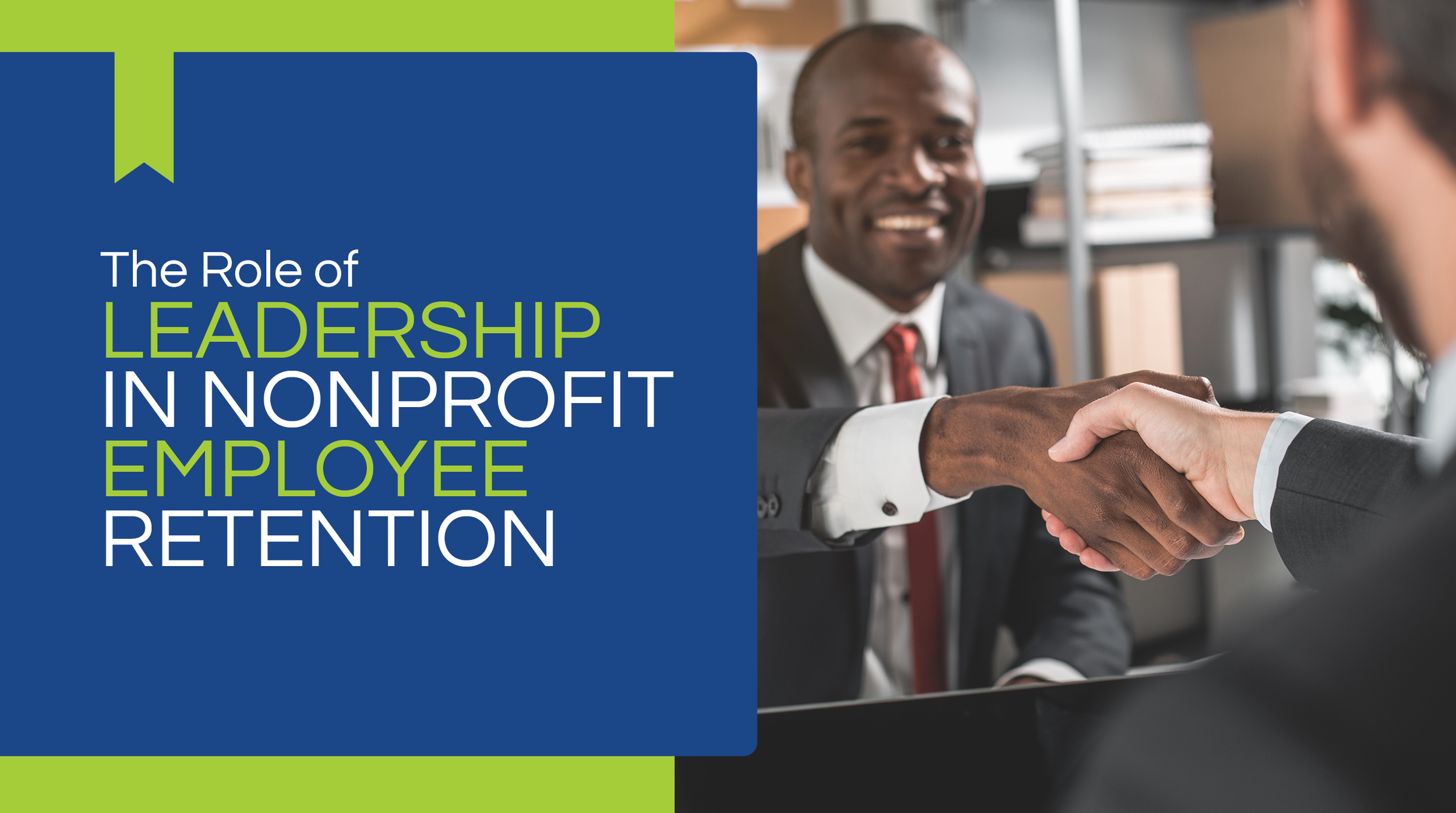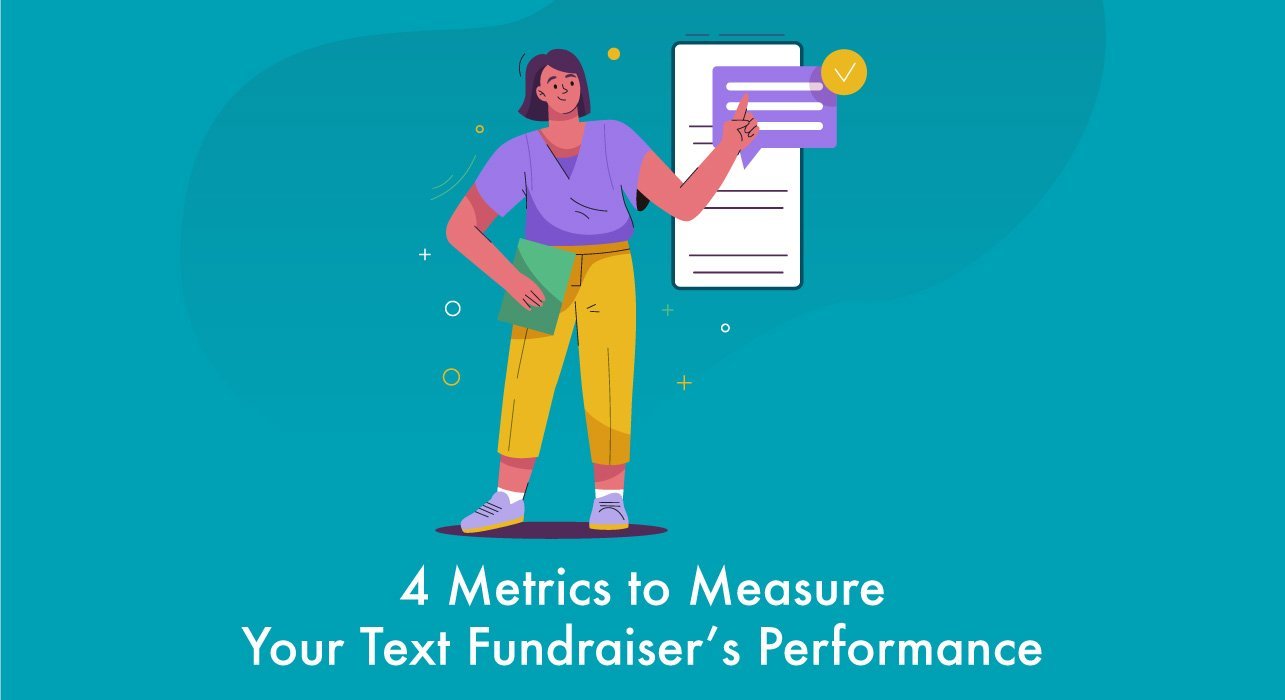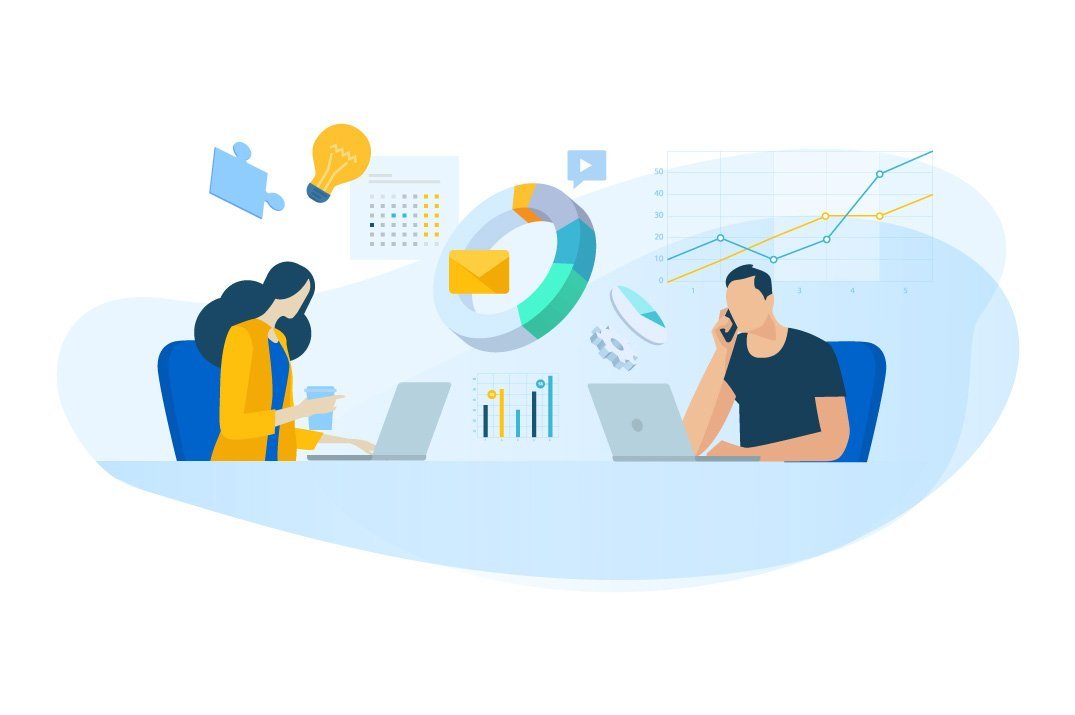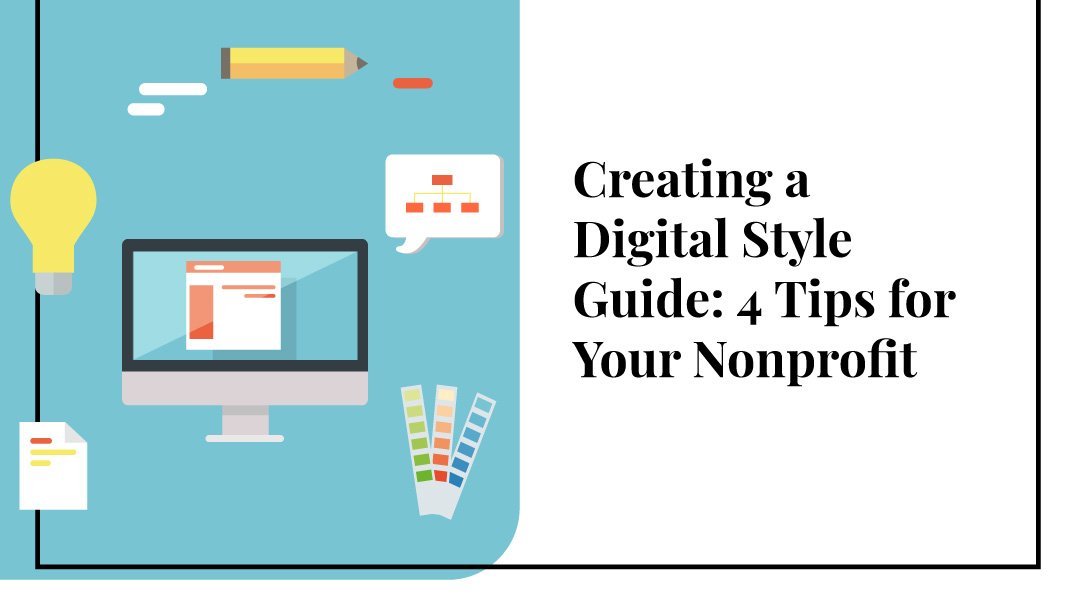
This blog is dedicated to scaling your nonprofit’s revenue.
Filter by Category:

GUEST POST // How Engaged Employees Can Help Your Nonprofit Thrive
Staying motivated and motivating your employees determines whether your nonprofit is able to complete day-to-day functions. After all, fundraising and meeting program goals can be challenging, and it’s easy for even dedicated employees to occasionally feel disengaged.

GUEST POST // The Role of Leadership in Nonprofit Employee Retention
In nonprofits, employee retention is crucial in achieving the mission, sustaining impact, and growing the organization. Nonprofits rely heavily on passionate and dedicated individuals to drive their initiatives forward.
However, due to limited resources and intense competition, attracting and retaining talent in the nonprofit sector can take time and effort. One factor that significantly impacts retention in nonprofit organizations is leadership.

GUEST POST // 4 Metrics to Measure Your Text Fundraiser’s Performance
Running a text-to-give fundraiser requires a lot of moving parts, from creating text donation appeals to segmenting your contacts so your messages are tailored to the individual. However, if you aren’t taking time to assess how your text fundraising campaigns are performing, you won’t know whether your communications are as effective as they could be.

GUEST POST // 4 Ways to Use Data in Your Direct Marketing Strategy
Nonprofit direct marketing relies on accurate data to create highly-targeted promotional materials that appeal to donors and drive meaningful support on behalf of your cause. In this guide, we’ll explore four ways that your nonprofit can use data to make the most of direct marketing.

GUEST POST // 3 Call to Action (CTA) Fundamentals for Nonprofit Websites
Imagine this scenario:
You receive a promotional email from an eCommerce brand that you’ve purchased from in the past. You take a look at the email, learn about a special deal the brand is running, and are now interested.

GUEST POST // What to Do About Lapsed Donors: What Nonprofits Should Know
Donor lapse (also known as donor attrition) is a common nonprofit challenge, but not an unsolvable one. A lapsed donor is a donor who gave to your nonprofit in the past but hasn’t donated again within a specific time period (typically 12 months).

GUEST POST // The 3 Sources of Board Member Disengagement
Could Your Board Members Be More Engaged?
If your answer is yes, what’s it costing you because they’re not? Read on to learn about a FREE learning opportunity that will help.

GUEST POST // Compensation for Nonprofit Staff Members: 4 Strategies
You’ve likely heard the term “Great Resignation” to describe the trend of thousands of employees voluntarily leaving their jobs in 2021. Nearly every industry felt its impacts—including the nonprofit sector. While for-profit employees often cited the desire to find more meaning in their work as their reason for leaving, many nonprofit staff resigned due to burnout from taking on multiple roles within their organization at the same time.
This trend has led many nonprofits to reevaluate their strategies for retaining staff members. If your organization is in this position, one consideration that you’ll almost certainly discuss is compensation.

GUEST POST // Nonprofit CRM Comparison: Comparing the Top Providers
Your CRM provides your nonprofit with essential donation tools, donor management features, and campaign planning and hosting tools. While it may seem like each CRM functions similarly, it’s important to note that each provider places different emphasis on various features and may offer an entirely different suite of tools and support your organization may find useful.

GUEST POST // All Nonprofits Should Know about Cellar Angels!
With lean and mean roots, Cellar Angels opened its proverbial doors with all the drama and vigor of a sapling grapevine pushing through terra firma. They began with no professional money, relying heavily on a bootstrap model of raising start-up funds through the support of friends, family, and fellow wine enthusiasts. Despite the harrowing maze of paperwork, countless hours spent with Illinois and California-based legal experts, and a hysterically simple, yet pivotal call with California Alcohol Beverage Control, their time spent in launch-mode was not for naught. Throughout, they were given the life-shaping gift of spending time focused on their truest passion: traveling through Northern California’s Napa and Sonoma counties looking for vintners’ treasures.

GUEST POST // 4 Benefits of Data Research for Your Fundraising Strategy
You’ve probably heard it before: Not all donors are made alike. If you treat your donor base as a monolith, these differences in what donors want and need from your nonprofit can seem like a drag. However, when you recognize and identify these distinctions, they can be your fundraising program’s greatest strength.
While data research is essential across the nonprofit space—from developing advocacy campaigns to hosting events—this guide will focus on how donor data can benefit one of the most vital elements of your nonprofit: your fundraising efforts.
Data research can help you:
Find new donor prospects.
Personalize your fundraising communications.
Optimize your ask amount.
Track your fundraising success.
Ultimately, the process of data research and marketing analysis can help you determine the best way to improve current and future fundraising campaigns. With this in mind, let’s start with one of the biggest benefits of fundraising data research: lead generation.

GUEST POST // Creating a Digital Style Guide: 4 Tips for Your Nonprofit
In order for your nonprofit to engage supporters and bring in funds, crafting a solid marketing plan is essential. While your organization’s exact content strategy will vary somewhat based on your audience, you’ll likely be able to reach large numbers of supporters through digital marketing channels like your website, email, and social media.
Online engagement with nonprofits has been increasing in recent years. But with the amount and variety of information that potential supporters have access to on the internet, your organization will need to work harder to stand out from similar nonprofits and promote your cause.
To make your marketing reflect your nonprofit in a cohesive, memorable way, you’ll need to establish a distinct brand, which encompasses the messaging you use across all platforms as well as the look and feel of your marketing materials. Putting together a digital style guide will help keep your organization’s branding consistent from one platform to the next and tie each piece of content you create back to your overall digital strategy.
In this article, we’ll walk through four tips for creating an effective digital style guide:
Define your nonprofit’s messaging clearly.
Understand your organization’s audience(s).
Highlight visual elements of your branding.
Take all your marketing channels into consideration.

GUEST POST // 5 Year-End Virtual Fundraising Ideas
The end of the year is the perfect time to amp up your fundraising strategy. With so many holiday-themed opportunities and giving days, your nonprofit can significantly increase its revenue and finish out the year strong.
As a nonprofit professional, you understand how much work and planning can go into an event fundraiser, from booking a venue to coordinating catering. Plus, with so many people traveling during the holidays, it can be hard to nail down a time when the most people would be able to attend. But, did you know that you can make the process much easier by planning a virtual campaign?
A virtual fundraiser can be just as—or even more—engaging than an in-person event and offers your supporters the flexibility to participate from anywhere in the world. This way, you can expand your nonprofit’s reach and make the fundraising process more convenient for you and your donors.
